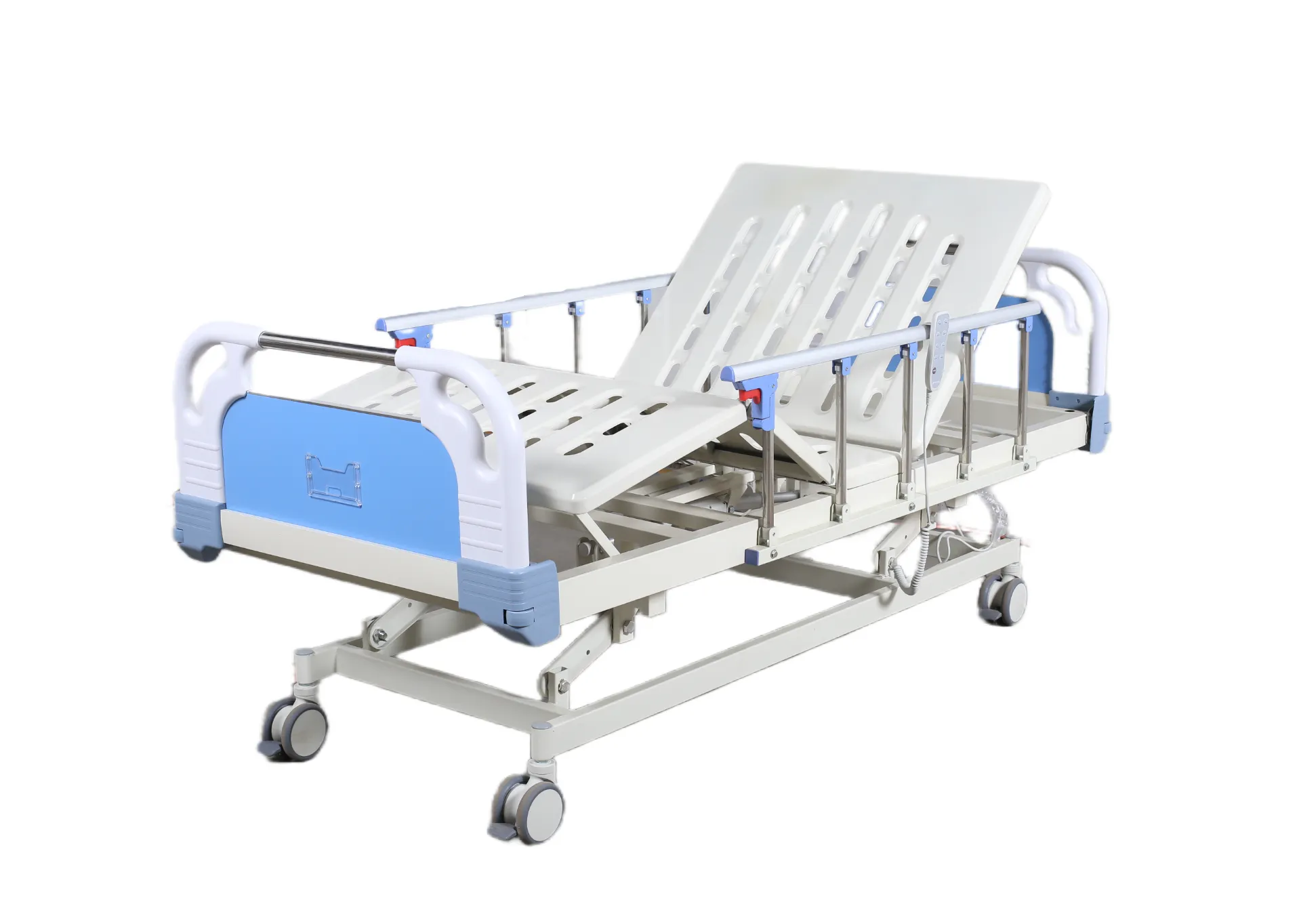Welcome to our websites!
Essential Furniture and Equipment for Medical Office Setup and Design
Essential Medical Office Furniture and Equipment for a Functional Healthcare Environment
Creating an efficient and welcoming medical office involves more than simply selecting the right color scheme or decorative elements. One of the most crucial aspects is the choice of furniture and equipment. This not only impacts the aesthetics of the office but also affects the functionality, comfort, and overall patient experience. Here, we will explore the essential medical office furniture and equipment necessary for establishing a well-equipped healthcare environment.
1. Reception Area Furniture
The reception area is the first point of contact for patients entering a medical office. Therefore, choosing the right furniture is paramount. Comfortable seating is essential, as patients may wait for extended periods. Consider ergonomic chairs that provide sufficient support. Sofa arrangements or segmented seating can also be advantageous, allowing for social distancing when necessary.
A reception desk should be designed for efficiency. It should be at a comfortable height and provide ample storage for files and office supplies. Incorporating technology into the reception area is essential, whether through computer stations for staff or a check-in kiosk for patients. The overall design should convey professionalism and friendliness.
2. Examination Rooms
Examination rooms should be functional, providing comfort for both the patient and the healthcare provider. The examination table is a key piece of equipment in this area. Look for tables that are height-adjustable and made from easy-to-clean materials. Some tables come with built-in storage for medical supplies, which can enhance workflow efficiency.
In addition to examination tables, medical carts are essential for storing equipment and supplies, facilitating easy access during examinations. Proper lighting is crucial, as clear visibility is necessary for effective examinations. Incorporate adjustable lighting options to provide adequate illumination without causing discomfort to the patient.
3. Waiting Area Considerations
The waiting area is more than just a place for patients to sit; it’s an environment that can significantly influence patient perceptions. Minimize anxiety by providing a calming atmosphere. This can be achieved through comfortable seating arrangements, calming colors, and even art decor. Ensuring that the waiting area is stocked with reading materials and educational brochures can help engage patients while they wait.
medical office furniture and equipment

Incorporating elements such as a water cooler or coffee station can enhance patient satisfaction. Additionally, providing free Wi-Fi can be a bonus, allowing patients to keep informed or entertained while they wait.
4. Office Equipment
Medical offices require various equipment to ensure smooth operations. This includes computers, printers, and telecommunication devices. EMR (Electronic Medical Records) systems are vital for maintaining patient records efficiently. Ensure that workstations are ergonomically designed with appropriate computer chairs and desks to promote good posture and prevent workplace injuries.
Other essential office equipment includes secure file cabinets for patient confidentiality and medical supply cabinets for keeping essential supplies organized and accessible. A reliable phone system is also crucial, including features like voicemail, call forwarding, and a multi-line capability for managing patient calls.
5. Specialized Medical Equipment
Depending on the medical practice's specialty, additional specialized equipment will be necessary. For instance, cardiologists may require ECG machines, while physical therapists will need treatment tables and exercise equipment. It's essential to assess the specific needs of the practice when selecting this equipment.
6. Infection Control and Safety
Infection control is of paramount importance in any medical setting. Furniture and equipment should be made from materials that can withstand regular cleaning and disinfection. Look for surfaces that are non-porous and easy to sanitize. Additionally, consider installing hand sanitizer stations throughout the office to encourage hygiene practices among patients and staff.
Conclusion
Investing in the right medical office furniture and equipment is essential for creating a functional healthcare environment. From comfortable waiting area seating to specialized examination room tools, every piece plays a role in improving patient experience and enhancing operational efficiency. By thoughtfully selecting furniture and equipment tailored to the specific needs of a medical practice, healthcare providers can foster a welcoming atmosphere that promotes health and wellness. As healthcare continues to evolve, staying updated with the latest furniture and equipment trends will further enhance the quality of care provided.
-
Transforming Healthcare with Hospital FurnitureNewsJun.24,2025
-
Rehabilitation EquipmentNewsJun.24,2025
-
Mobility and Independence with WheelchairsNewsJun.24,2025
-
Freedom of Mobility with Our Rollator WalkersNewsJun.24,2025
-
Comfort and Independence with Commode ChairsNewsJun.24,2025
-
Bathing Safety and Independence with Shower ChairsNewsJun.24,2025
-
Navigating the Wholesale Landscape of Electric Mobility Solutions: Key Considerations for Power Wheelchair DealersNewsJun.10,2025











